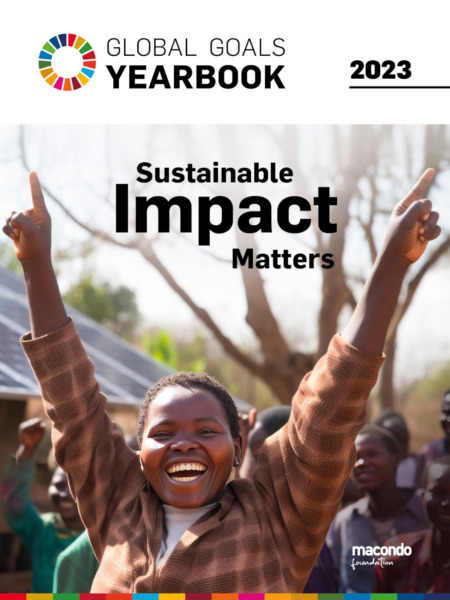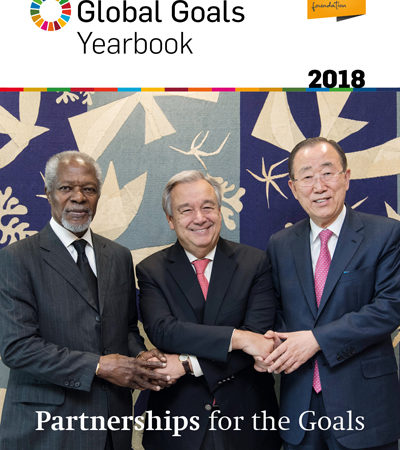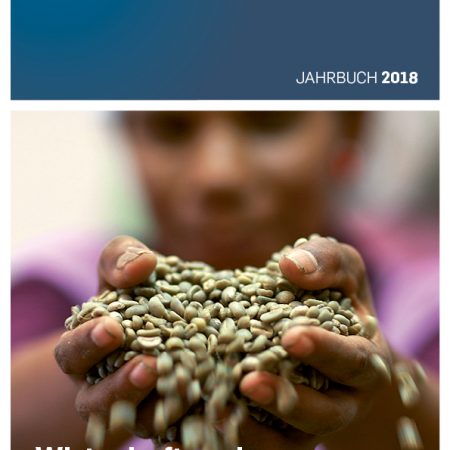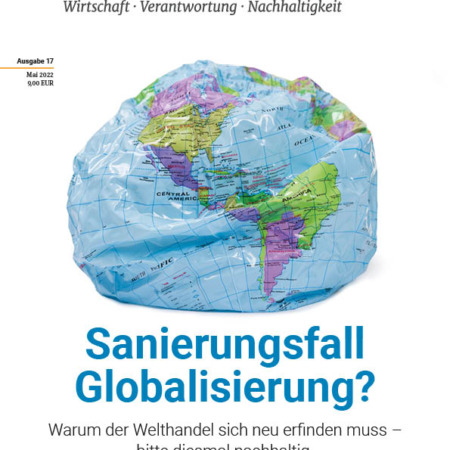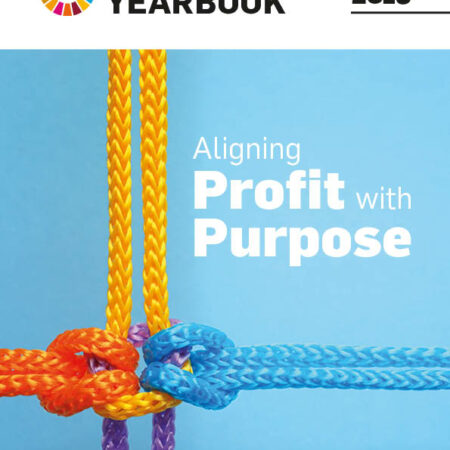Description
Global Goals Yearbook 2023 makes SDG impact measurable
No poverty, no hunger, peace: In 2015, the United Nations adopted the 17 Sustainable Development Goals, which were supposed to make the world a better place by 2030. Now it is half-time. The results are sobering. In the remaining time, measures must be more targeted and more effective. On the occasion of COP28 in Dubai, the Global Goals Yearbook is focusing on the aspect of impact.
With the rising frequency of major environmental events and social movements – from floods to wildfires, and #MeToo to Black Lives Matter – the objective of making the world a better place has gone from personal choice to global necessity. The 2021 UN Intergovernmental Panel on Climate Change report issuing a “code red for humanity” represented another urgent wake-up call.
According to Force for Good’s annual report, the total cost of achieving the SDGs has increased by up to 25 percent in the last year alone, from $116–142tn to $134–176tn. This has been driven by systemic underfunding, high inflation, increasingly urgent requirements for hitting net zero, and an ever-shortening window in which to get all of this done.
Although investors have become increasingly aware of the role their capital should play in addressing environmental and social concerns, the challenge has been to combine the twin goals of “doing good” and “earning a return” in a single investment.
Impact projects offer an answer by providing a credible and scalable pathway to balancing a targeted, measurable, and beneficial environmental or social impact on the one hand, with a financial return on the other. Dr. Elmer Lenzen, chair of the macondo foundation: “Impact relates to both the focus on solutions and the opportunities created. Many “handprint” opportunities that are intended to contribute to sustainability objectives, revolve around new technologies and services that seek to shift the mechanics of our daily lives fundamentally.”
You can also read the yearbook as a free e-book here

